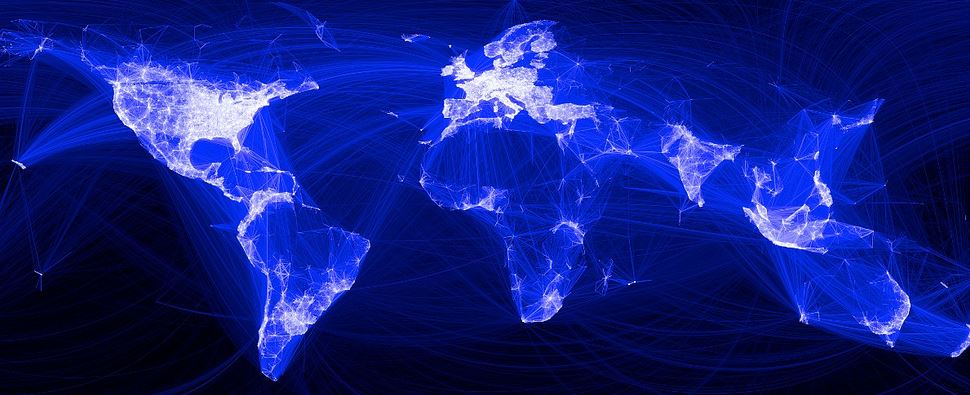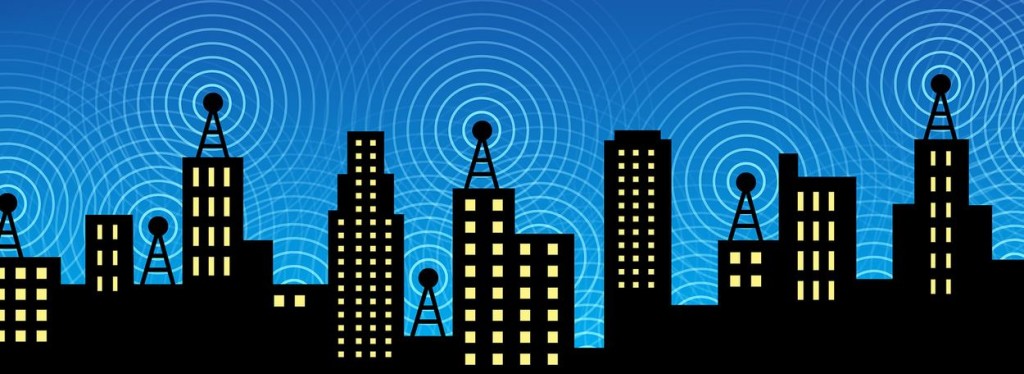LiFi and the VLC: An IoT Revolution


The long-awaited “Internet of Things” (IoT) may be one step closer to becoming a reality, all due to one unlikely source . . . light fixtures. Developments in LED lighting technology are making “LiFi” a brilliant and potentially industry-changing alternative to WiFi.
Using the VLC to Communicate
So what is LiFi anyways? LiFi is a technology that uses the visible light spectrum (VLC) to transmit data. It is similar to WiFi, but while WiFi uses radio bands to communicate its signal, LiFi relies on LED lighting. The LEDs can emit quick bursts of photons invisible to the human eye but capable of carrying data from the sender to the receiver (i.e., straight from the lights to your electronic device).
Advantages of LiFi Technology
If you’ve ever used public WiFi before, you know what it’s like to be on an overcrowded server: It’s molasses-slow, your pictures don’t load, and you can’t watch more than six seconds of, well, anything, before your phone freezes. LiFi addresses this problem by transmitting its signal via the light spectrum, which is 10,000 times larger than the radio frequency spectrum. With LiFi, even the busiest public spaces can become active, high-speed hotspots (and you can dive as deep into the Internet as you’re willing to go). Another advantage of LiFi is its security: The LiFi connection can only be accessed by users whose devices are in sight of the light emitting the signal. No longer will your neighbors be able to steal your WiFi; no longer will you have to deal with crawling download speeds. If they’re not in the light, they’re not on your Internet.
LiFi is just starting to become viable for everyday use. For example, cars with LED headlights may soon be able to send and receive data to enable car-to-car communication about roadway hazards, etc. The cars would also send and receive data from other LED devices on the street grid (such as traffic lights and street lights) to create an entire network of active, fully connected devices.
The “Internet of Things” Awaits
The LiFi revolution may bring us one step closer to what entrepreneur Kevin Ashton called the Internet of Things. The term, which we mentioned earlier, refers to a network of everyday objects embedded with the hardware and software necessary to exchange data with each other. At its early beginnings, access to the Internet was limited to computers and workstations directly connected to local area or dial-up networks. Presently, we can access the Internet from personal devices such as mobile phones and smartwatches using WiFi networks; the LiFi revolution could take everything one giant step forward.
Everyday objects outfitted with LEDs become potential nodes on a communication network. In addition to facilitating access to the Internet, the LED-enabled objects can transmit and receive relevant data to their users. Imagine if streetlights could tell you about a traffic jam thirty miles up the road, or if you could receive store-specific e-coupons as you pull out your shopping cart.
A New Life for LEDs
By now, the cost- and energy-saving benefits of LEDs are pretty indisputable. Now, though, with LiFi making its way into our stores, our streets, and everywhere in between, we may see the LED market bloom in a way we’ve never seen before.
Let’s Talk!
Would you connect to a LiFi network? Do you think the IoT could be too invasive? We’d love to hear your opinion. Write us below…we’ll write back.

